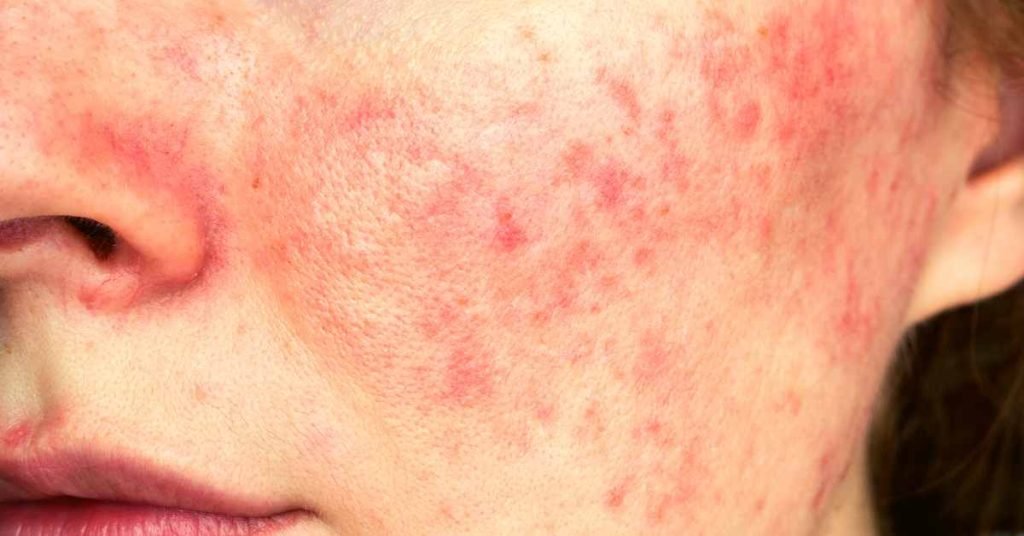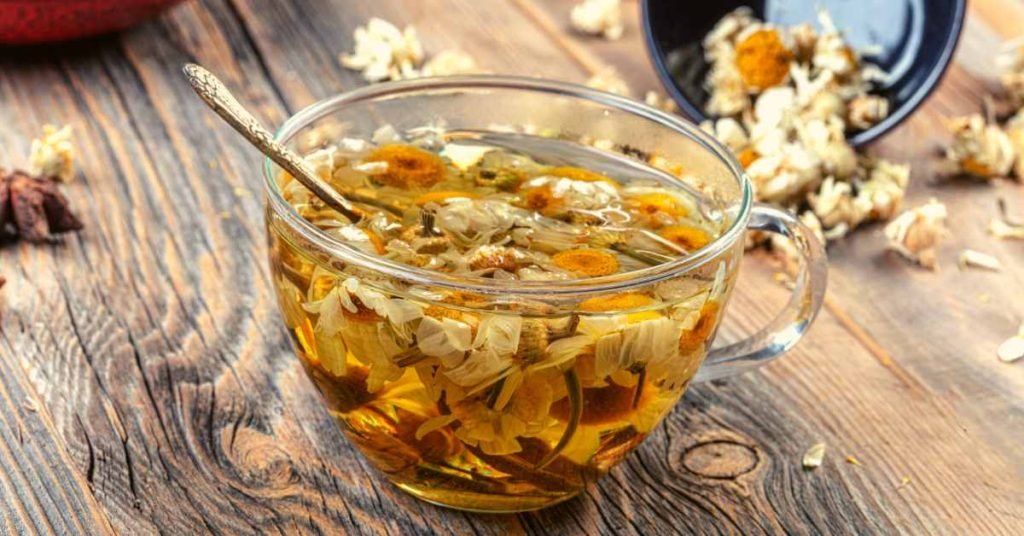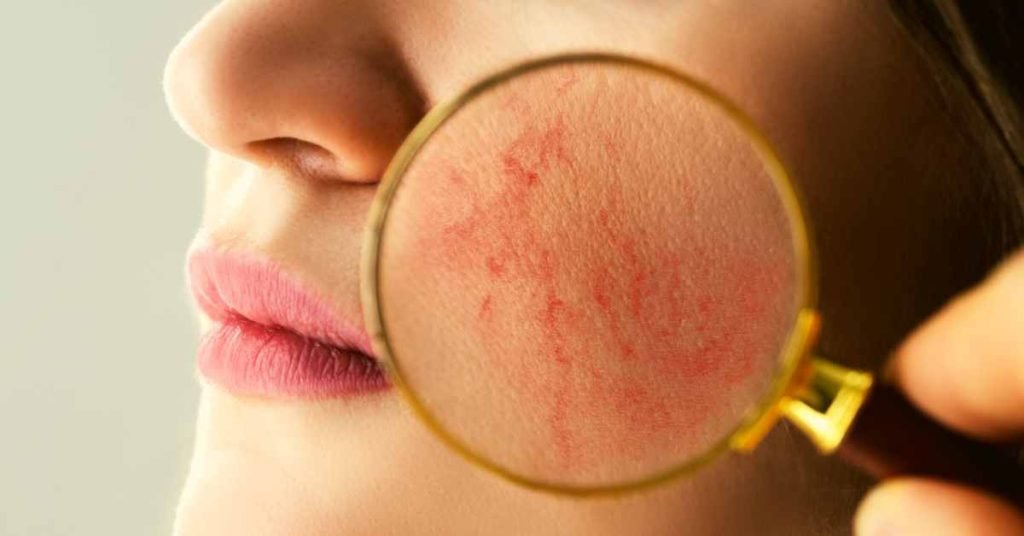Rosacea, a chronic skin condition characterized by redness, visible blood vessels, and sometimes small, red, pus-filled bumps, can be a source of discomfort and self-consciousness for those affected.
While there is no cure for rosacea, various lifestyle changes and skincare practices can help manage its symptoms.
One intriguing avenue gaining attention is the potential role of tea in alleviating rosacea symptoms.
This article explores the diverse types of tea, their properties, and how tea can be incorporated into a holistic approach to managing rosacea.
Understanding Rosacea

Rosacea is a complex and multifaceted skin disorder that primarily affects the face.
It often manifests as persistent redness in the central areas of the face, such as the forehead, nose, cheeks, and chin.
Other symptoms may include flushing, visible blood vessels (telangiectasia), and in some cases, pustules and bumps resembling acne.
Although the exact cause of rosacea remains unclear, factors such as genetics, environmental triggers, and a dysregulated immune response are believed to contribute to its development.
Types of Tea and Their Properties
Green Tea
Green tea is renowned for its high concentration of polyphenols, particularly catechins. Catechins possess potent antioxidant and anti-inflammatory properties, which may help mitigate the inflammation associated with rosacea. Additionally, green tea has been shown to improve overall skin health and reduce redness.
Chamomile Tea

Chamomile tea, made from the dried flowers of the chamomile plant, is celebrated for its soothing and anti-inflammatory properties. The essential oils in chamomile, such as bisabolol and chamazulene, exhibit skin-calming effects, making chamomile tea a potential ally for individuals with rosacea.
Rooibos Tea
Rooibos tea, native to South Africa, is caffeine-free and rich in antioxidants, including quercetin and aspalathin. These compounds have anti-inflammatory properties and may contribute to the reduction of redness and irritation associated with rosacea.
Licorice Root Tea
Licorice root tea, derived from the root of the Glycyrrhiza glabra plant, contains glycyrrhizic acid, which has anti-inflammatory effects. It may help soothe the skin and reduce redness associated with rosacea.
Ways to Incorporate Tea into Rosacea Management
Topical Use
Brewed and cooled tea can be applied topically to the affected areas using a cotton ball or clean cloth. The anti-inflammatory and antioxidant properties of tea may help calm the skin and reduce redness.
Tea Compresses
Soaking a clean cloth in freshly brewed and cooled tea to create compresses can provide a gentle and soothing application method. Applying these compresses to the face can assist in calming inflammation and promoting overall skin health.

Internal Consumption
Drinking tea regularly as part of a well-balanced diet may contribute to the overall management of rosacea. The internal consumption of tea allows the antioxidants and anti-inflammatory compounds to work from within, supporting the body’s natural healing processes.
Tea Baths
Adding brewed tea to a warm bath can be a relaxing and beneficial way to extend the benefits of tea to the entire body. This can be particularly useful for individuals with rosacea affecting larger areas or those seeking a holistic approach to skincare.
Final Word
While tea shows promise in contributing to the management of rosacea symptoms, it’s essential to approach its use as a complementary strategy rather than a standalone treatment.
Individuals with rosacea should consult with a dermatologist or healthcare professional to develop a comprehensive skincare plan tailored to their specific needs.
Tea, with its rich antioxidant and anti-inflammatory properties, can be a delightful addition to a holistic approach to skin health, offering a soothing and natural element to those navigating the challenges of rosacea.
MEDICAL DISCLAIMER
Itsnevernotteatime.com cannot and does not contain medical/health advice. The medical/health information is provided for general and educational purposes only and is not a substitute for professional advice.




